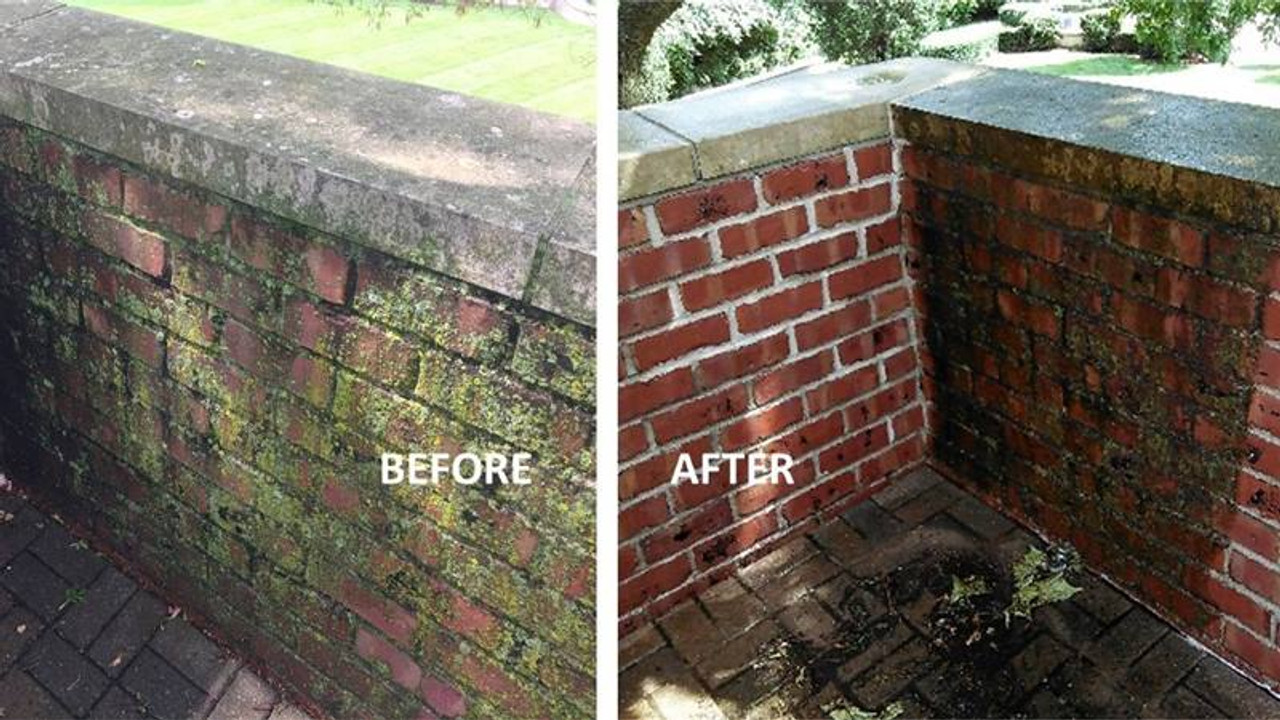I get this question asked frequently. Clay Bricks are manufacture for the area in which they are going to be installed. It is not recommended to use clay bricks made in Florida or warm weather areas to be installed in areas where they are exposed to sever freeze and thaw weather.
Some of the clay bricks are baked and have a glossy surface. Some are just baked or compressed to create a solid brick with no glossy surface. Most clay bricks or any type of clay bricks need sealing because they have exposed areas that are very absorbent, the back, the sides and top and bottom are absorbent even if the face is glossy.
Usually, brick walkways, driveways, pool decks, patios are built over a sand base and then the gaps between the bricks are filled with sand, polymeric sand, or mortar. When exposed to high heat, rain, snow or ice the bricks will tend to expand and compress this movement will separate the mortar from the edges of the brick and then allow water penetration to the base. A humid sand base will shift depending on the weather exposure allowing the bricks to move horizontally and vertically eventually destroying the brick (shedding), or the retaining mortar or allow for mold or mildew growth.
Brick walls are usually built with an air gap from the inside wall to prevent for any humidity or rain transfer to the inside wall of the building. At the bottom of the brick wall, they have weeping holes for drainage. The bricks are glued using mortar. When it rains it soaks the mortar and the brick, the rainwater penetrates and drains down the back of the brick wall.
Typical problems of a not seal brick wall systems are:
- 1.After a rain storm when the weather gets hot the humidity from the back of the brick will escape thru the brick to the front and in some cases it will create efflorescence (white stains) on the face of the brick
- 2.If the brick does not dry complete it will start creating a mold or mildew environment staining the brick green or black
- 3.If the bricks are in cold weather areas where it rains, snows, or ice takes place the bricks will expand and compress and eventually will separate from the mortar creating hairline cracks which allow the water to penetrate freeze and expand and separate the bricks creating a week brick wall.
- 4.In some cases where the brick wall meets the windows it will allow water penetration into the building.
- 5.Water behind brick walls in cold areas create a humid environment to the internal walls.
We recommend sealing the bricks with a penetrating sealer like SealGreen Brick and Natural Stone Sealer with Salt Defense Technology. Why?
- 1.The sealer is a penetrating sealer and will not make the bricks slippery when wet or change the look of the bricks.
- 2.The sealer reduces the expansion and compression of the bricks when exposed to the weather.
- 3.The sealer will prevent the movement of the bricks horizontally and vertically because it does not allow the bricks and mortar to absorb water and soak the base or inside walls.
- 4.The sealer will also reduce shedding if the bricks and potentially ugly efflorescence or mold and mildew stains.
- 5.The sealer will bridge the hairline cracks and reduce water penetration inside the walls.
- 6.It will also keep your bricks looking cleaner.
- 7.We recommend washing the bricks with SealGreen Mold and Mildew Remover before sealing.
- 8.It is important to make sure that the walkway has good drainage around it to prevent water sipping under the bricks and that all brick walls have clear weep holes.

